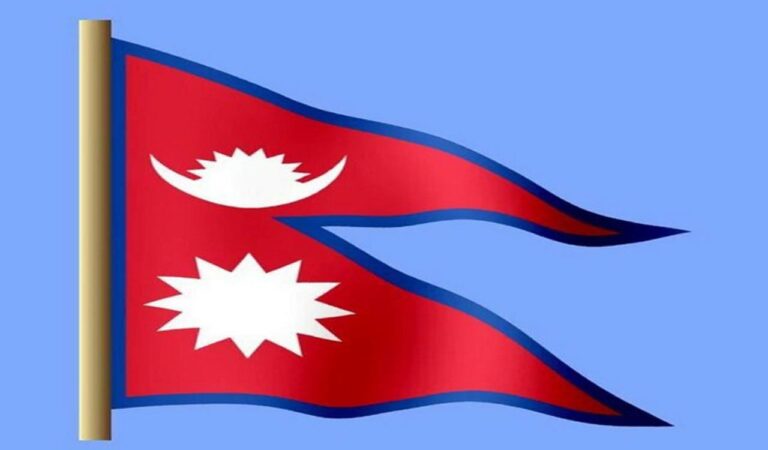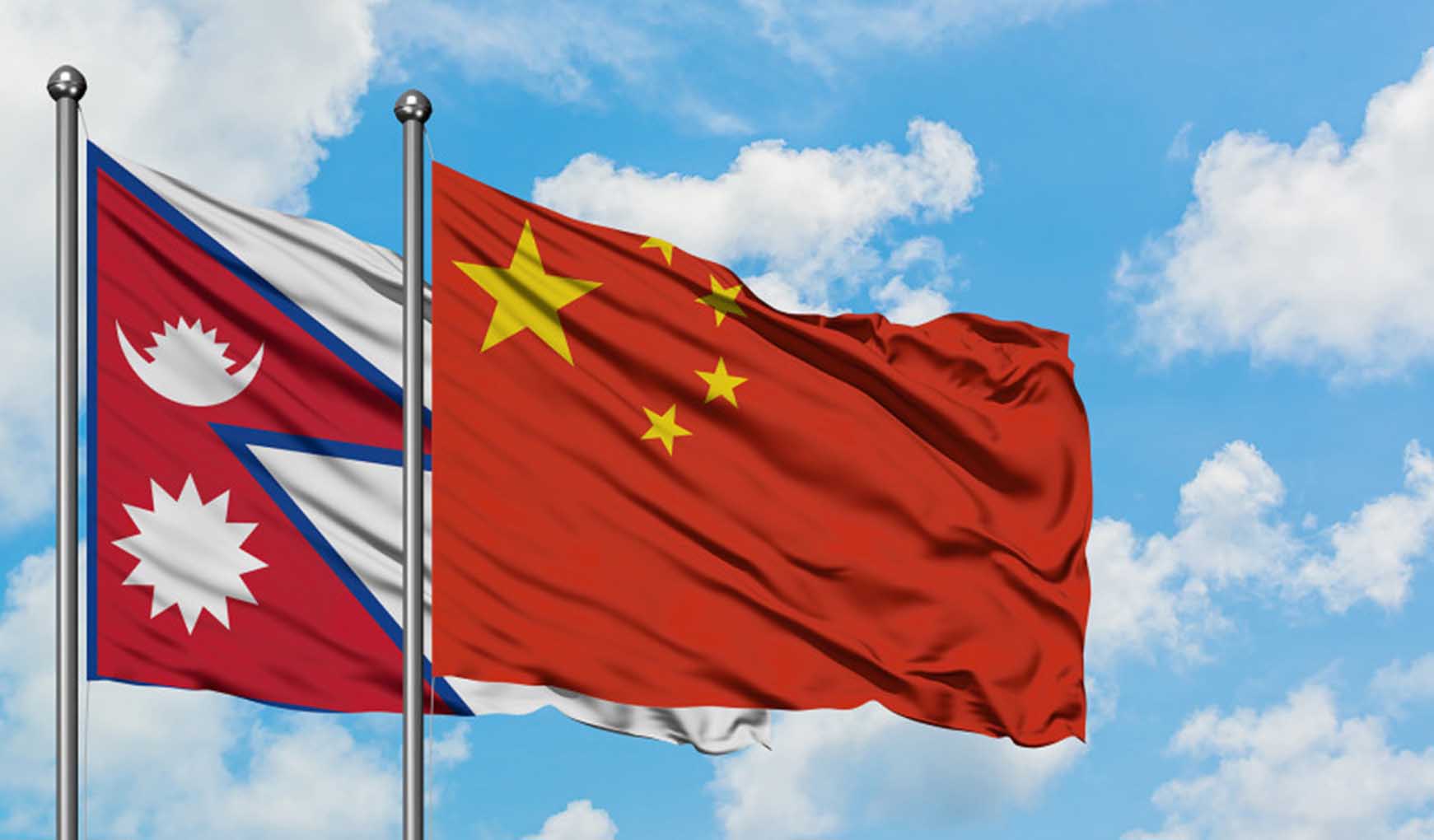Ediotorial: Nepal’s cartographic misadventure
Printing a new currency note with a map that is different from what the international bodies have recognised is uncalled for

One wonders whether the Nepalese leadership has developed an obsessive tendency to provoke India on sensitive matters of territorial sovereignty. The latest provocative action by the left-front government, headed by Prime Minister Pushpakamal Dahal ‘Prachanda’, involves claiming certain Indian territories as its own. The pro-China dispensation has now announced the printing of a new Rs 100 currency note with a map that shows the contentious territories in Uttarakhand — Lipulekh, Limpiyadhura and Kalapani — as its own. The latest move was approved by a meeting of the cabinet chaired by Prachanda whose affinity with China is well known in diplomatic circles. Such actions do not bode well for the strong civilisational bond between the two countries. In 2020, the bilateral relations suffered a blow when Nepal’s House of Representatives approved the country’s new political map, through a constitutional amendment, that depicted nearly 400 sq km of Indian territory as its own sovereign territory. The unilateral action smacked of Kathmandu’s brinkmanship and amounted to declaring a cartographic war on India. The passage of the Bill and the new map led to a temporary breakdown of communication between the two countries. Unlike 2020, when the new map was brought out with the consensus of Nepal parties, the Prachanda government’s latest decision has met with scepticism and criticism at home because it has come at the most inappropriate time without any regard for its larger implications. It must be pointed out that the two countries are in the middle of discussions, through an established platform, to sort out boundary matters.
Nepal being in dispute with India over certain parts of territory is one thing, but printing a new currency note with a map that is different from what the international bodies, including two neighbours, have recognised is quite unwise and uncalled for. The areas being claimed by Nepal have been under India’s administrative control since the early 1960s. The decision to redesign the currency note reflects the domestic political makeup of the current government, which thrives on whipping up anti-India sentiments to sustain its political appeal. Unfortunately, the left-front government has allowed itself to be manipulated by China whose dominating presence is already altering the geopolitics of the region. The status of the three areas in Uttarakhand, being claimed as part of Nepal, could have been resolved through dialogue with India, but the leftists prefer confrontation and provocation to keep the anti-India pot boiling. However, India-Nepal relations, nurtured on strong civilisational links, open borders and deep-rooted religious, cultural and people-to-people ties, are far too important to be derailed by temporary setbacks due to reckless policies of some leaders. Also, India is Nepal’s largest trading partner and is investing billions of dollars in infrastructure, including hydropower plants. Both sides must engage in candid talks to put an end to the border dispute and reset the strained bilateral ties.
Related News
-
Cartoon Today on December 25, 2024
7 hours ago -
Sandhya Theatre stampede case: Allu Arjun questioned for 3 hours by Chikkadpallly police
8 hours ago -
Telangana: TRSMA pitches for 15% school fee hike and Right to Fee Collection Act
8 hours ago -
Former Home Secretary Ajay Kumar Bhalla appointed Manipur Governor, Kerala Governor shifted to Bihar
8 hours ago -
Hyderabad: Organs of 74-year-old man donated as part of Jeevandan
8 hours ago -
Editorial: Modi’s Kuwait outreach
8 hours ago -
Telangana HC suspends orders against KCR and Harish Rao
9 hours ago -
Kohli and Smith will be dangerous and hungry: Shastri
9 hours ago




